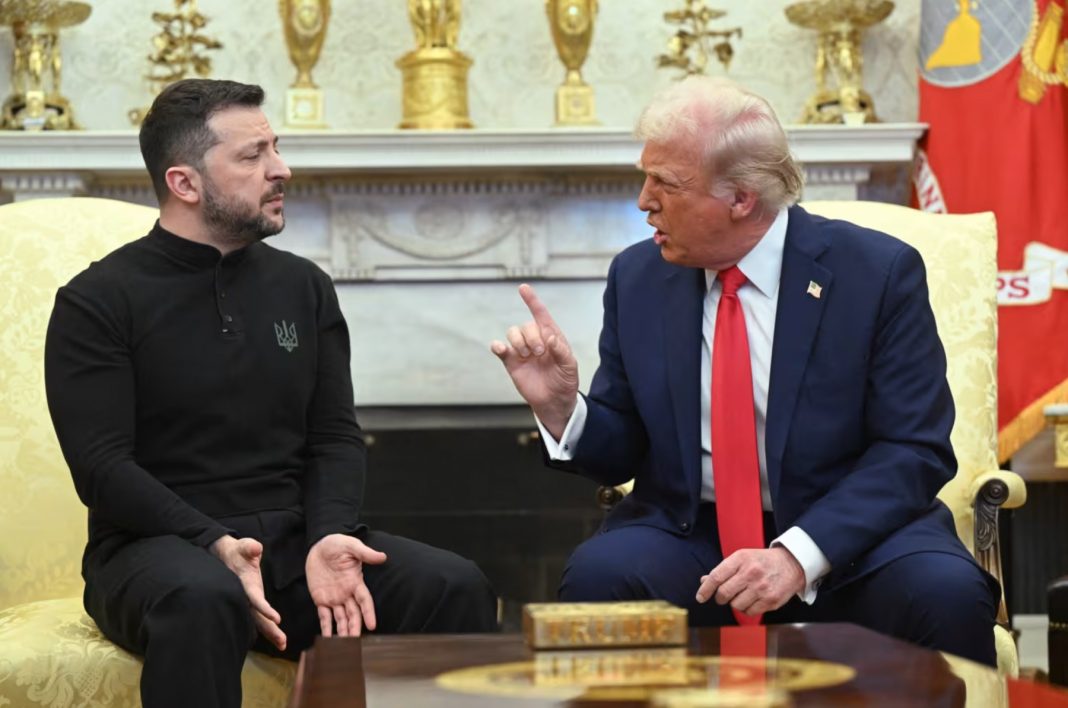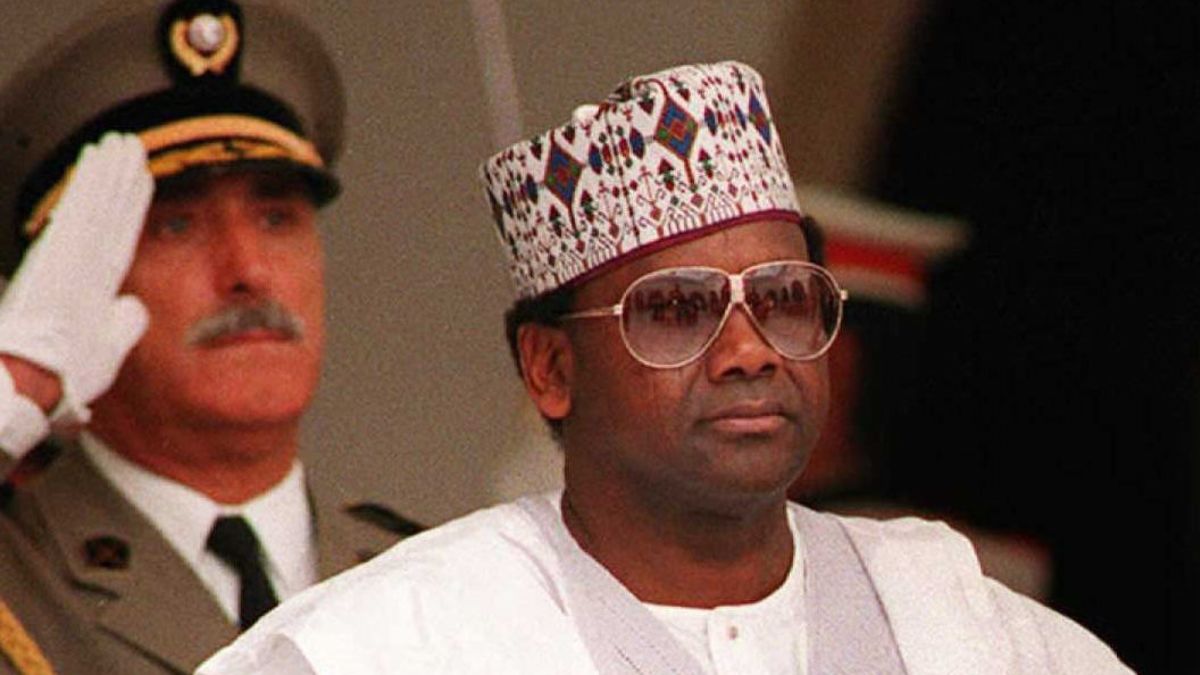KYIV, Ukraine — Ukrainian President Volodymyr Zelenskyy has confirmed that the United States under President Donald Trump redirected 20,000 anti-drone missiles originally allocated for Ukraine, repurposing them for American military operations in the Middle East.
In an interview with ABC News published on Sunday, June 8, 2025, Zelenskyy said Ukraine had been relying on the munitions — specifically designed to counter the Iranian-made Shahed drones used by Russia in frequent and large-scale assaults — as a vital component of its air defence strategy.
“We have big problems with Shaheds… we will find all the tools to destroy them,” Zelenskyy said.
“We counted on this project — 20,000 missiles. Anti-Shahed missiles. It was not expensive, but it’s a special technology.”
The system, involving specialised fuzes used in the Advanced Precision Kill Weapon System (APKWS), was reportedly agreed upon with former U.S. Defense Secretary Lloyd Austin and initially launched under President Joe Biden’s administration.
However, the plan was halted and rerouted under Trump’s current term.
According to a Wednesday, June 4, 2025. report by The Wall Street Journal, the Trump administration diverted the missiles and fuzes to support U.S. military personnel stationed in the Middle East, citing an urgent operational need.
The Pentagon reportedly briefed Congress in a classified message, describing the reallocation as a priority under the directive of current Defense Secretary Pete Hegseth.
Ukraine continues to face growing drone threats.
On Sunday, June 1, 2025, Russia launched a record 472 drones in a single night, according to Ukrainian military officials.
A source within Ukraine’s Defence Intelligence (HUR) told the Kyiv Independent that Moscow is preparing to escalate these attacks further, with plans to deploy over 500 drones nightly, aided by a surge in domestic drone production and the construction of new launch platforms.
Since returning to office in January, Trump has suspended approval of new U.S. military aid to Ukraine, citing the need for reassessment of America’s involvement in the conflict.
Military shipments were briefly frozen earlier this year and resumed only after Ukraine agreed to a ceasefire framework during talks held in Jeddah on Tuesday, March 11, 2025.
Trump has consistently expressed scepticism regarding U.S. military assistance to Kyiv and has called for a swift resolution to the war, claiming he could negotiate peace “within 24 hours.”
However, active hostilities have continued, with no breakthrough in peace talks and mounting pressure on Ukraine’s overstretched air defence systems.
The White House has not issued a formal response to Zelenskyy’s remarks.







